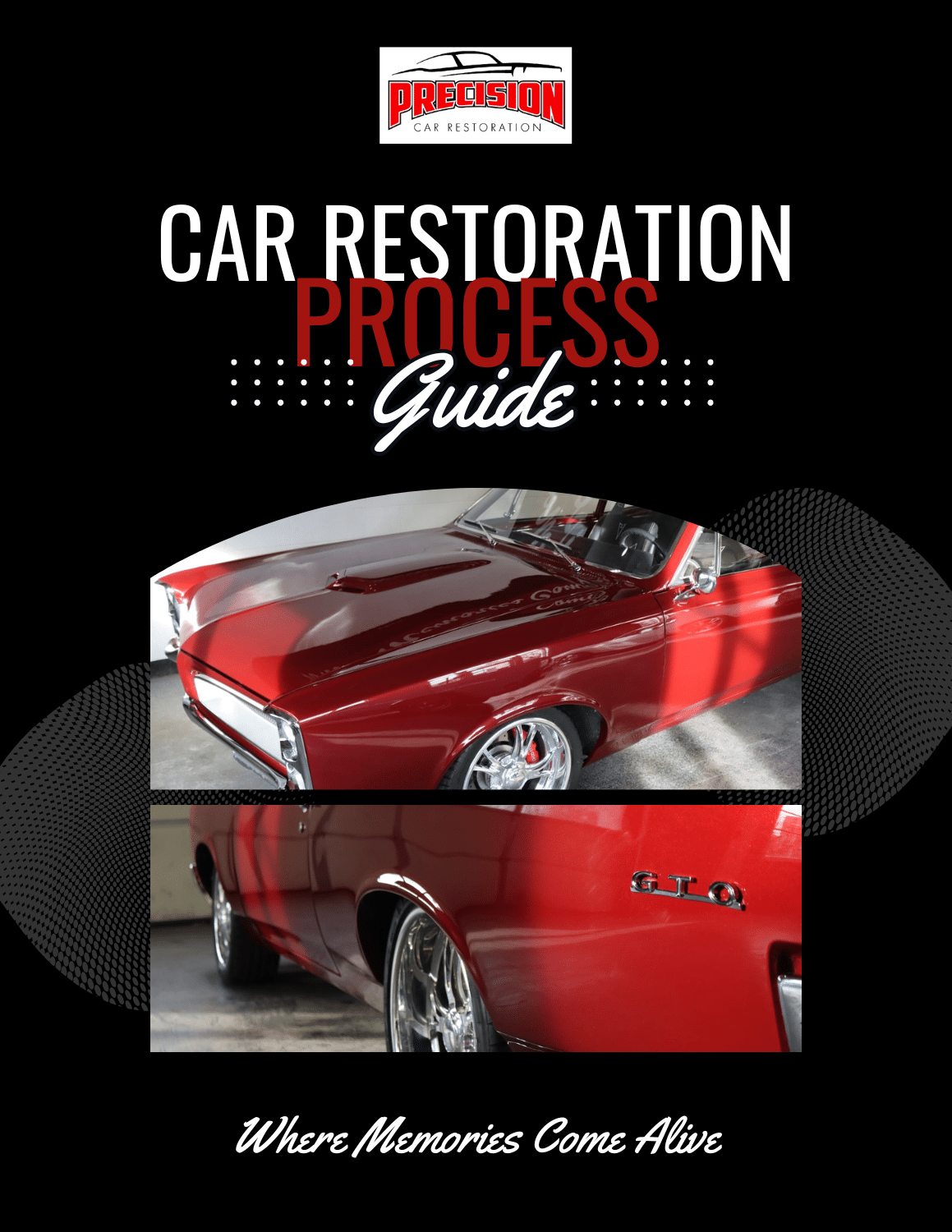Document your progress
One of the most important parts of a restoration is documenting progress. This documentation takes place throughout the job and can be a life saver in the end. You never know when you might need to refer to an old photo or note you have made to make sure you’re going back together the same way it came apart. These at first seem like common knowledge, but without the reinforcement of those thoughts, you may just pass up the perfect opportunity to save some time down the road.
The smallest of details can make all of the difference, whether it’s the configuration of a throttle bracket, the routing of the heater hoses, or the order in which you took it apart. The first thing to do before you take anything apart is to create a photo database. This will give you a starting reference point. Take pictures from all angles, close ups, and wide angle shots. These not only help with getting things back together, they will help you remember what parts were missing and what was already broken. A terrible feeling is finding a broken part wondering if it was you who damaged it in storage.

When restoring any car from top to bottom, there can be thousands, of parts, pieces and screws. There is no way even the smartest of people could keep track of all this in their head. This is why it can be extremely helpful to take notes along the way. They can be as simple or as detailed as you want, but should represent the important things you noticed along the way. Just a “broken, bad, or missing” parts list can be the difference in months of down time waiting for one small miscellaneous part.
Your notes can also serve as you personal instruction manual on how the car came apart. Writing down things like the specific order the trim needs to be installed, or “leave bolts loose until weather strip is install”. These simple notes can be your guiding light as you work your way from a bare shell to a finished product.
Tagging, bagging, and labeling you parts is one of the most important parts of any rebuild, especially when working on more than one project at a time. Labeling baggies of bolts, screws, and parts makes finding that specialty trim screw that much easier to spot. All you will need is some zip lock bags in assorted sizes, a little masking tape, and a Sharpie marker.
Taking pictures of your progress will help you in step of the way. From tear down, to body repairs, to final assembly, having a photographic journal will not only help put the pieces back together, but will give you the satisfaction of showing everyone else how far it’s come.






